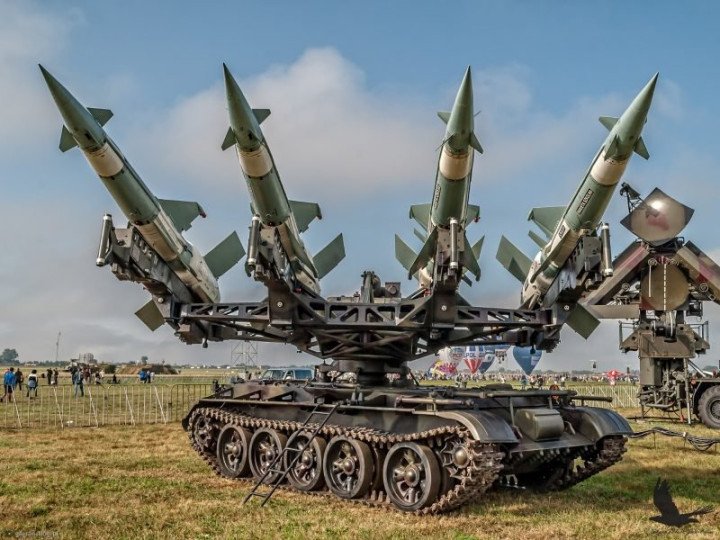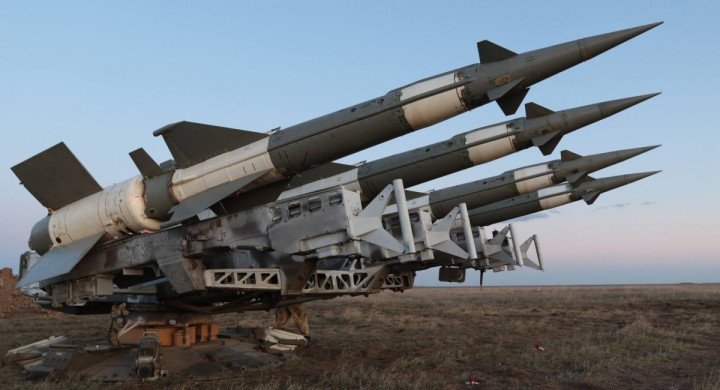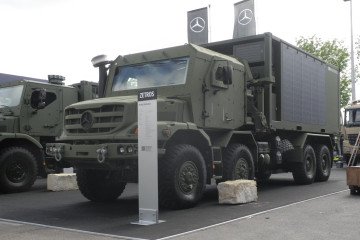- Category
- Latest news
Belarus Arms Cuba With Soviet Missiles, Bringing Kremlin’s Reach Closer to US Once Again

Belarus has completed a modernization project of Soviet-designed S-125 surface-to-air missile systems for Cuba, adapting them onto T-55 tank chassis.
The development was disclosed by the Belarusian State Military-Industrial Committee in early May, alongside photos of the modified launchers undergoing test firings.
According to Defense Express on May 6, the upgrade was carried out by the Belarusian defense company Alevkurp and included modifications enabling the system to engage ground and surface targets.
While the full details of the deal—such as the scale, cost, and timeline—remain undisclosed, the agreement reflects ongoing military-industrial cooperation between Havana and Minsk. Cuban forces reportedly possess up to 144 S-125 launchers.

Though rooted in Soviet-era equipment, the project may represent more than just logistical continuity. The cooperation appears to have been facilitated through Russia, as delivery of systems from Cuba to Belarus would require transit across Russian territory.
This implies a level of coordination involving Moscow, adding a strategic dimension to the agreement.
The development follows a 2024 visit by Russian naval vessels armed with Zircon missiles to Cuba. While that deployment yielded no immediate outcome, Cuban interest in foreign defense partnerships appeared to increase shortly thereafter.
The modernization of the S-125 systems could mark a shift in Cuba’s military posture, potentially affecting regional security dynamics.
-d0b1f7087c2cbf2215e28d6355365fba.png)
Historically, Cuba has lacked the capacity to modernize its military independently due to prolonged international isolation. The country operates a limited fleet of post-Soviet equipment, including only five MiG-29 aircraft.
Renewed support from Belarus and, indirectly, Russia, may signal a shift in capabilities that could carry geopolitical implications, particularly for US interests in Latin America.
The current Belarus-Cuba cooperation also echoes Cold War-era tensions, most notably the Cuban Missile Crisis of 1962. During that confrontation, the Soviet Union covertly deployed nuclear missiles to Cuba. The discovery of these missile sites by American reconnaissance aircraft triggered a 13-day political and military standoff that brought the world to the brink of nuclear war.
Earlier, Belarus unveiled a domestic satellite communication system called Kulisa, presenting it as a Starlink alternative. However, analysis of the system, showcased on state TV, revealed it relies heavily on off-the-shelf civilian components and outdated satellite technology, lacking the infrastructure and innovation behind SpaceX’s global network.







